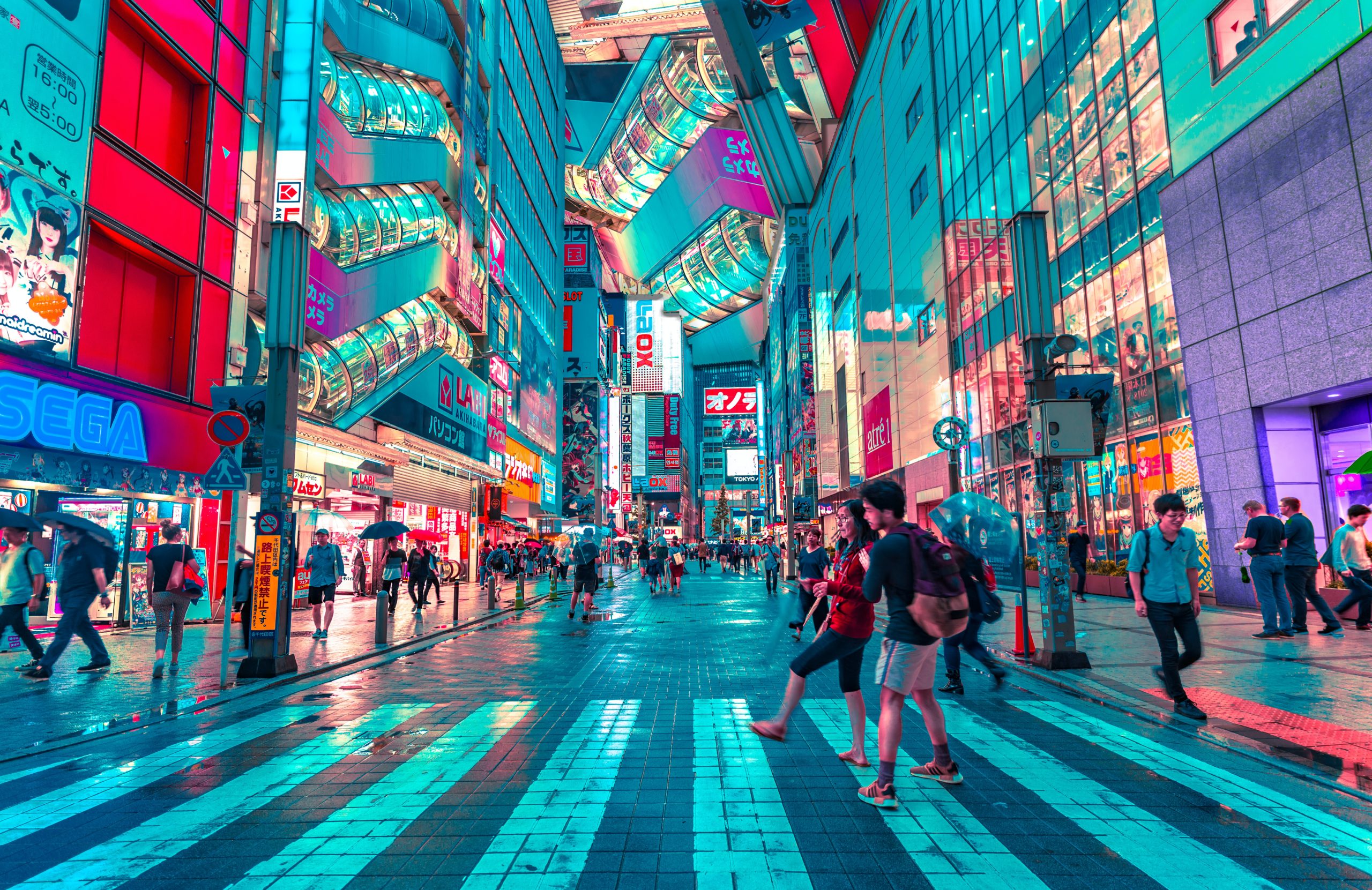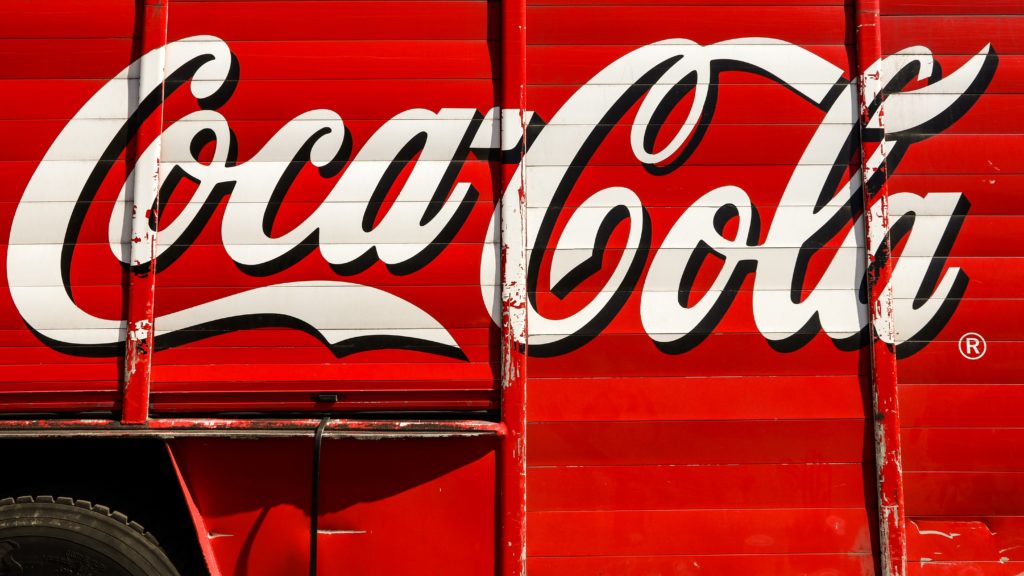
If you want to make the most of global trade then you almost certainly need localization and transcreation services. But what is localization and why do you need it? First, some context.
Global eCommerce is growing. And growing. In 2021 the global eCommerce market reached heights of over $4 trillion, says Adobe. That’s a massive 38% growth on last year. As we head into 2022, this number is only expected to rise. Borderless eCommerce can be a profitable option for online retailers of almost any size and sector. Making sure your products, services and content are available worldwide to increase your sales and grow your business is essential.
Your brand may already be established at an international level – or maybe you’re new to global trade. Either way, creating content to drive user engagement and push conversions in territories outside your own can be a tricky task to master. It’s certainly made simpler with the right knowledge and support.
 To get the best results when entering a new international market, it’s essential to understand the country and its culture. Your brand message must resonate on a local level with your target audience.
To get the best results when entering a new international market, it’s essential to understand the country and its culture. Your brand message must resonate on a local level with your target audience.
Search engines penalize automated translation and translation software. Relying on Google Translate is an automatic red flag. Even using a professional translator for often isn’t enough. To reach your local audience you need to incorporate the nuances of a language and culture and address the local habits. Without taking all aspects of your target audience into consideration, a campaign that is a resounding success at home could cause great offence overseas. Without localized keywords and terms your site isn’t optimised for your market and your potential buyer will not find your page.
For a marketing campaign and website pages to get results in every country you’re targeting, you need to consider localization.
Check out some examples below.
What is localization?
Language localization (or localisation for our UK readers,) isn’t just another word for translation. It’s an essential language service that ensures your message is delivered as precisely as you intended in the language you’re targeting. It’s a translation of the marketing copy you want to use – that’s a given. But it also adds a crucial extra layer that considers the market’s linguistic, cultural, political, and legal differences.
 Let’s take a look at a perfect example of localization. In 2013, Coca Cola launched their “Share a Coke” campaign and consumers loved it. Instead of the Coca Cola logo on the label of the bottles there was a simple phrase: “Share a Coke with Grace”. But it wasn’t just for Grace. On each coke label, there was a different name. However, Coca Cola realized that their campaign would have to differ per country in order to tick the boxes of their target audience.
Let’s take a look at a perfect example of localization. In 2013, Coca Cola launched their “Share a Coke” campaign and consumers loved it. Instead of the Coca Cola logo on the label of the bottles there was a simple phrase: “Share a Coke with Grace”. But it wasn’t just for Grace. On each coke label, there was a different name. However, Coca Cola realized that their campaign would have to differ per country in order to tick the boxes of their target audience.
In Ireland they added Irish names such as Aoife and Oisín. In China, where it is often disrespectful to address a person by their first name, they used terms such as close friend, and classmate. This was a great way to weave through cultural boundaries whilst staying true to their marketing campaign.
Localization isn’t necessarily just about the written content. It can extend to every aspect of the customer experience, including:
- using the correct structure and presentation of the language
- choosing the visuals you use in your marketing in line with cultural sensitivities
- localizing payment methods
- displaying recognizable trust signals, such as local awards or memberships of organizations
Localization is essential for websites, eCommerce stores and mobile apps
Content, products and services should be offered in the language and culture of a new market. This preserves the integrity of the intended message and ultimately results in more sales.
Pictures, video content, product names, time and date formats, and even layout and page formatting all need to be considered when localizing. Why?
Imagine if a UK clothing brand wanted to start to sell their garments in Japan. If they were to only model their products on Caucasian women, it probably wouldn’t be received with success. Including images or video content that displays lifestyles and scenarios far from the target market may be perceived as culturally insensitive – or even offensive. They’ll be less likely (if at all) to engage with your content. And therefore less likely to become customers and purchase your products.
Localization transmits the meaning of your communication – text and graphics – in a way that has a greater chance of connecting with your target audience. Importantly, it also avoids misinterpretation or being offensive.
The difference between localization and transcreation
 Localization should not be confused with transcreation. You can think of transcreation as going that extra mile. Whereas localization goes beyond the language to address cultural adaptation, transcreation goes one step further.
Localization should not be confused with transcreation. You can think of transcreation as going that extra mile. Whereas localization goes beyond the language to address cultural adaptation, transcreation goes one step further.
If localization is about ensuring the message stays intact whatever the context, transcreation is about tailoring your content for your target audience whilst achieving the same end result (sales, engagement, brand awareness) as your original campaign.
This could mean altering the nuances, idioms, figures of speech, slang, structure, frame of reference, phrasing etc to achieve the same desired emotional response in the target language as that of the source language – even if the final output is vastly different to the original.
Localization and transcreation work best when delivered simultaneously. The result is that your global marketing strategy suddenly becomes much more locally significant – and ultimately more effective.
Localization and transcreation: it is not translation
It is important to remember that localization and transcreation are not synonymous with translation. Translation involves replacing words in one language with the equivalent words in another language. There is a time and a place for straight translation, such as legal documents and instruction manuals.
If someone were to transcreate and localize a witness statement, the result would potentially be far from the source text. Although the words may still carry the same meaning, the process could leave out key information. This is not ideal for a court case. This is why translation would be the most appropriate avenue to take. The content needs to reflect the source text directly and provide the same meaning to readers in their native language.
Why are localization and transcreation important?
 In the 1990s, fast food restaurant KFC’s slogan “finger-lickin’ good” was directly translated and fed into marketing campaigns in China without appropriate localization spot checks. The catchphrase read something like ‘eat your fingers off’!
In the 1990s, fast food restaurant KFC’s slogan “finger-lickin’ good” was directly translated and fed into marketing campaigns in China without appropriate localization spot checks. The catchphrase read something like ‘eat your fingers off’!
A bad translation that results in a confusing message and lost sales is one thing. Offending your potential customer, damaging your brand name and losing across a market is even worse.
In 2013, Spanish fashion brand Mango found itself at the centre of a culture offending scandal in France because it didn’t localize its online store. The problem, according to Mango, was one of language translation. The words ‘esclava’, which means ‘bracelet’ in Spanish, translated on the French site to ‘escalve’, which means ‘slave’ in French.
More recently, Puma attempted to honour global target markets when they released a series of shoes in various flag colourways. This wasn’t received well in the UAE, where the idea of having the country flag associated with feet (seen as unclean in their culture) left Puma embarrassed.
The moral of the story? Localization and transcreation should not be left out of your marketing strategy if you want your brand’s global expansion to succeed.
How can we help?
Although localization and transcreation seem like the obvious next steps to incorporate into your marketing strategy, in order to get it right you must be aware and should approach it correctly. That’s where we come in.
To be more effective in your multilingual brand communications and marketing, ensure that your message is delivered properly in your target language by working with Maka. We go that one step further.


